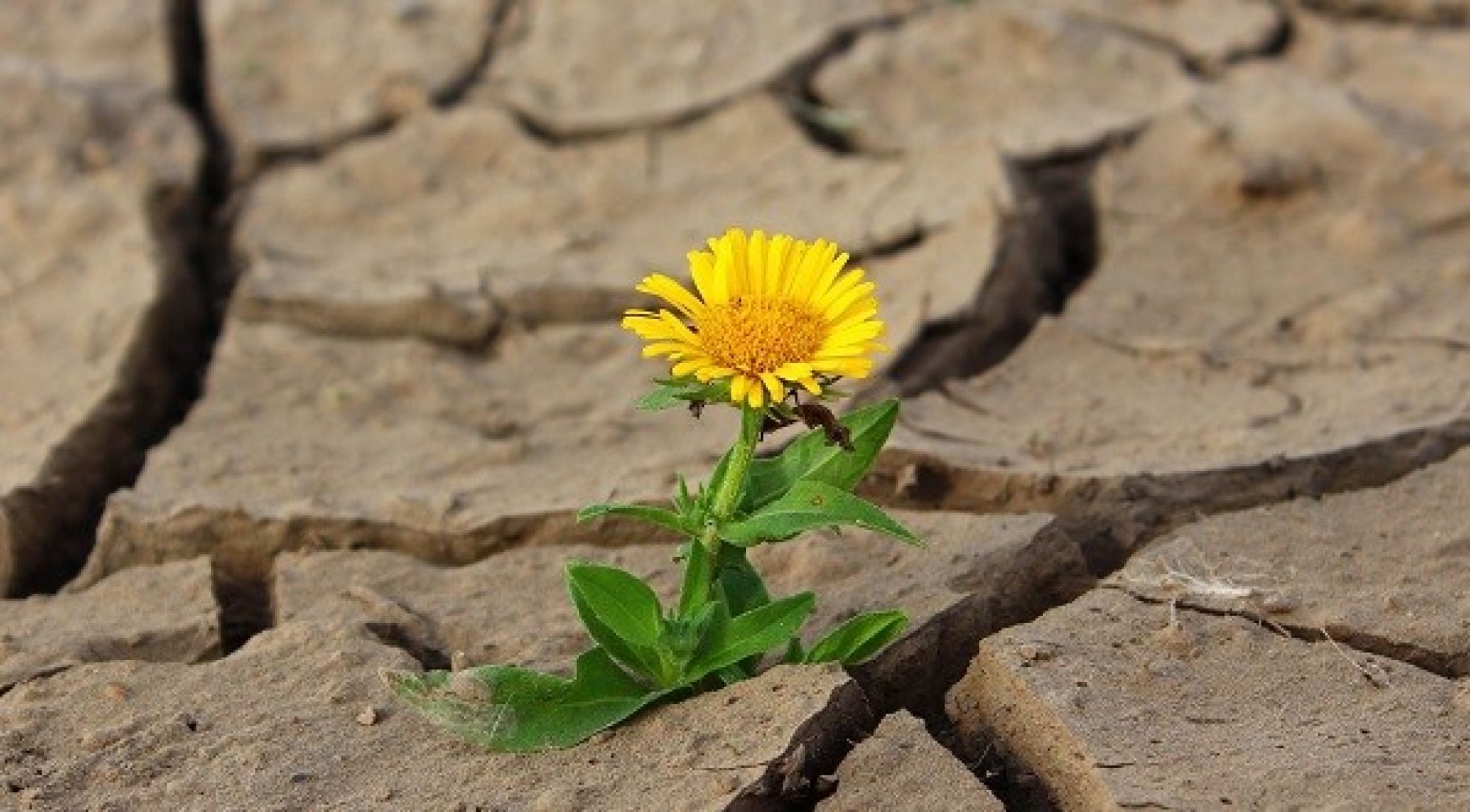Page content
Resilience
Despite experiencing early adversities, some young people in care go on to live happy and ‘successful’ lives.
The question many have been trying to understand is what makes some young people do considerably better than others, when they all experienced similarly tough and traumatic upbringings. Some authors have tried to explain these differences with the concept of resilience, which has been widely theorised and investigated in the fields of developmental psychology and psychopathology, with roots in physics and materials science. It is basically the idea of ‘bouncing back from adversity’.
This concept has quickly been introduced into our everyday vocabulary, into policy documents and strategies, and even into business jargon. However, what does it really add to our understanding? Why don’t we just focus on how young people cope with adversity, instead? Can resilience be really measured? And if so, how?

How do we measure resilience
A range of authors have tried to operationalise the concept in order to measure it. While at the beginning, some just focused on individual characteristics that resilient individuals appear to have (e.g. self-efficacy, self-esteem, hardiness, locus of control, etc.), many have now included contextual and environmental factors (e.g. attachment, social support, family cohesion, social activities, community safety, etc.) into the picture (i.e. ecological approach).
While some have seen it as a fixed personal trait (something people have), others understand it as a state or a process (something people can achieve). While some believe it can be measured directly, others believe it needs to be inferred from individual variations in outcome among those who have experienced major adversities.

Debates about resilience
Some authors, especially within disability studies, have criticised the concept on different grounds. First, it is not accurately or consistently defined, and may just be a tautology – a concept that predicts itself. There is a clear lack of agreement on what constitutes resilience: is it a trait, a process or an outcome variable?
Second, it is inherently prescriptive, thus based on a Western, middle class and ableist notion of health and wellbeing; a culturally-specific idea of what is normal. It presumes how individuals should be functioning, and which outcomes are deemed successful.
Third, it is a ‘slippery’ concept, in that it implies the individualistic idea that people can overcome adversity if they try “hard enough”. This is dangerous, as it can compel a neoliberal focus on self-reliant individuals developing their own resilience.
In other words, as explained in a recent report, individuals who display positive outcomes in the face of adversity are assessed as coping well and not requiring any support, while not coping is perceived as an individual’s flaw; the solution being transforming the individual instead of tackling existing inequalities.
Nevertheless, some have given further arguments for defending resilience research. One of the arguments for persevering with this line of enquiry is the emphasis on individual agency and control instead of passivity and vulnerability. These authors have also argued that the concept has too much heuristic power to be abandoned. But what does that actually mean? Within social work, some consider it to be a helpful concept/tool in pinpointing the unique strengths of individuals and identifying particularly vulnerable individuals requiring additional support within contexts of adversity, as well as being useful for programme evaluation. Other authors have tried to re-conceptualise the concept in a different way (such as a constructionist approach to resilience) and developed new terms such as ‘cripping resilience’. In this sense, resilience is understood “as a process of a community’s and individual’s becoming, not as an outcome to be achieved or a set of competencies to satisfy.”

Questions around resilience
In the previous phases of this study, we did not consider this concept in great depth. In the current phase, we identified it while reviewing the literature, and during our first meetings and contact with advisory group members, resilience was mentioned a few times.
However, we are still trying to grasp what it actually means and entails, and we believe we need to be cautious and critical on how to use it. We presume there will be great variability in how young people are doing across different dimensions. However:
- is it helpful to define a group as resilient and another as not?
- Should we try to measure resilience a priori or infer it after?
- Which qualities or outcomes make somebody resilient?
- Should we try and measure resilience with a quantitative instrument OR introduce the concept through qualitative enquiry, emphasising subjective understandings of resilience, instead?
- Should we just forget about the concept altogether?
This is some of the questions we face.















